Curtains are one of the most versatile and essential elements of any interior design. They can add color, texture, and pattern to your living spaces, as well as provide privacy, light control, and insulation. However, if you want to take your curtain game to the next level, you might want to consider stacking curtains.
Stacking curtains is a technique that involves hanging multiple layers of curtains on the same window, creating a stunning stacked effect. Stacking curtains can enhance both the style and functionality of your window treatments, as you can mix and match different fabrics, colors, and patterns, as well as achieve different levels of light control and insulation.
In this article, we will provide you with a complete guide to stacking curtains. We will cover everything from understanding stacking curtains, to choosing the right fabrics, to practical tips for stacking curtains, to stacking curtains for different rooms, to DIY stacking curtain projects, to stacking curtains and energy efficiency, to common mistakes to avoid, to where to find stacking curtain inspiration. By the end of this article, you will be able to stack curtains like a pro and transform your living spaces.
Table of Contents
Understanding Stacking Curtains
Stacking curtains are different from traditional curtain arrangements, where you usually hang one or two layers of curtains on a single rod. Stacking curtains involve hanging three or more layers of curtains on multiple rods, creating a layered look that adds depth and dimension to your window treatment.
Stacking curtains have many benefits, such as:
- Improved Light Control: Stacking curtains allow you to control the amount and quality of light that enters your room, as you can use different types of curtains for different purposes. For example, you can use sheer curtains on the innermost rod, which can filter the light and create a soft and cozy ambiance, while still allowing you to see the outside view. You can use light-blocking curtains on the middle or outermost rod, which can block the light and create a dark and private space. You can adjust the curtains according to your needs and preferences, whether you want to let some light in, or you want to shut the world out.
- Visual Appeal: Stacking curtains allow you to create a unique and stylish look for your window treatment, as you can experiment with different fabrics, colors, and patterns. For example, you can use curtains that have contrasting or complementary colors, such as white and black, or blue and yellow, to create a striking and eye-catching look. You can also use curtains that have different patterns, such as stripes, dots, or floral, to create a fun and playful look. You can also use different curtain styles, such as valances, swags, or tiebacks, to add some flair and elegance to your curtains.
Types of Stacking Curtain Styles
There are various stacking curtain styles that you can choose from, depending on your window size, shape, and preference. Some of the common stacking curtain styles are:
- Side Stacking: Side stacking is a style where you hang the curtains on both sides of the window, leaving the center open. This style is ideal for large or wide windows, as it can create a balanced and symmetrical look. It can also create a more open and airier look, as it can let more light and view in. You can use side stacking with any type of curtain, such as rod pocket, tab top, grommet, or pinch pleat curtains.
- Center Stacking: Center stacking is a style where you hang the curtains in the center of the window, leaving the sides open. This style is ideal for small or narrow windows, as it can create a focal point and draw attention to the window. It can also create a cozier and more intimate look, as it can block lighter and view out. You can use center stacking with any type of curtain, such as rod pocket, tab top, grommet, or pinch pleat curtains.
- Asymmetrical Stacking: Asymmetrical stacking is a style where you hang the curtains on one side of the window, leaving the other side open. This style is ideal for windows that are not centered or symmetrical, as it can create a more dynamic and interesting look. It can also create a more casual and relaxed look, as it can add some movement and flow to the curtains. You can use asymmetrical stacking with any type of curtain, such as rod pocket, tab top, grommet, or pinch pleat curtains.
Choosing the Right Fabrics

The third step in stacking curtains is to choose the right fabrics for your curtains based on the desired aesthetic and functionality. You need to consider how different materials impact the way curtains stack and drape, as well as how they affect the light control and insulation.
Some of the common fabrics for stacking curtains are:
- Cotton: Cotton is a natural and breathable fabric that can create a crisp and casual look. Cotton curtains can stack well and drape smoothly, and they can also filter the light and provide some privacy. Cotton curtains are easy to wash and maintain, and they come in various colors and patterns. However, cotton curtains can also fade and shrink over time, and they can also wrinkle easily.
- Linen: Linen is another natural and breathable fabric that can create a soft and elegant look. Linen curtains can stack loosely and drape gracefully, and they can also diffuse the light and provide some privacy. Linen curtains are durable and resistant to mold and mildew, and they come in various colors and textures. However, linen curtains can also be expensive and difficult to wash and iron, and they can also wrinkle easily.
- Silk: Silk is a luxurious and delicate fabric that can create a rich and sophisticated look. Silk curtains can stack tightly and drape beautifully, and they can also reflect the light and provide some privacy. Silk curtains are smooth and soft to the touch, and they come in various colors and sheens. However, silk curtains can also be very expensive and difficult to clean and care for, and they can also fade and stain easily.
- Polyester: Polyester is a synthetic and durable fabric that can create a sleek and modern look. Polyester curtains can stack well and drape neatly, and they can also block the light and provide some privacy. Polyester curtains are easy to wash and maintain, and they come in various colors and patterns. However, polyester curtains can also be flammable and prone to static, and they can also trap heat and moisture.
Practical Tips for Stacking Curtains

The fourth step in stacking curtains is to follow some practical tips for achieving a polished look when stacking curtains. You need to consider some aspects such as proper measurements and adjustments and coordinating colors and patterns for a cohesive design. Here are some practical tips on how to stack curtains:
- Measurements and Adjustments: You need to measure your window and your curtains carefully before hanging them, to ensure that they fit well and look neat. You need to measure the width and height of your window, and the length and width of your curtains. You need to decide how high you want to hang your curtain rods, and how much of the window you want to cover with your curtains. You also need to adjust your curtain rods and curtains after hanging them, to ensure that they are straight and even. You can use a level, a tape measure, and a pencil to help you with the measurements and adjustments.
- Colors and Patterns: You need to coordinate your colors and patterns when stacking curtains, to create a harmonious and attractive design. You need to choose colors and patterns that match or contrast with each other, and with your window and decor style. You can use a color wheel, a mood board, or a design app to help you with the color and pattern coordination. You can also follow some basic color and pattern rules, such as:
- Use three or less colors for a simple and elegant look or use more colors for a vibrant and eclectic look.
- Use complementary colors (opposite on the color wheel) for a striking and dramatic look or use analogous colors (next to each other on the color wheel) for a soothing and relaxing look.
- Use solid colors for a sleek and modern look or use patterns for a fun and playful look.
- Use small or simple patterns for a subtle and refined look or use large or complex patterns for a bold and eye-catching look.
- Use similar patterns for a consistent and harmonious look or use different patterns for a dynamic and interesting look.
We recommend you check out this article for better understanding on color and pattern coordination.
Stacking Curtains for Different Rooms

The fifth step in stacking curtains is to apply the curtain stack back technique in various rooms, considering factors like light requirements, privacy, and decor themes. You need to choose the right fabrics, colors, and patterns for your stacking curtains, depending on the function and style of each room. Here are some suggestions for stacking curtains for different rooms:
- Living Room: The living room is a place where you entertain guests, relax with your family, or enjoy some leisure activities. You need to choose stacking curtains that can create a welcoming and comfortable atmosphere, as well as match your living room decor theme. You can use fabrics that are soft and cozy, such as cotton, linen, or velvet. You can use colors that are warm and inviting, such as beige, brown, or green. You can use patterns that are simple and charming, such as plaid, checkered, or floral. You can also use side stacking or center stacking styles, to create a balanced and symmetrical look.
- Bedroom: The bedroom is a place where you sleep, rest, or unwind. You need to choose stacking curtains that can create a peaceful and serene atmosphere, as well as provide privacy and light control. You can use fabrics that are smooth and luxurious, such as silk, satin, or polyester. You can use colors that are cool and soothing, such as white, gray, or blue. You can use patterns that are geometric or abstract, such as stripes, dots, or waves. You can also use center stacking or asymmetrical stacking styles, to create a focal point and draw attention to the window.
- Kitchen: The kitchen is a place where you cook, eat, or socialize. You need to choose stacking curtains that can create a bright and cheerful atmosphere, as well as allow natural light and ventilation. You can use fabrics that are light and airy, such as sheer, lace, or chiffon. You can use colors that are vibrant and appetizing, such as red, yellow, or orange. You can use patterns that are exotic or whimsical, such as paisley, mandala, or animal print. You can also use side stacking or asymmetrical stacking styles, to create a more open and airy look.
DIY Stacking Curtain Projects
The sixth step in stacking curtains is to inspire yourself with some DIY stacking curtain projects that you can undertake to customize your window treatments. You can create your own stacking curtains with some simple tools and materials and add a personal touch to your design. Here are some DIY stacking curtain projects that you can try or get inspired by:
- No-Sew Stacking Curtains: If you don’t have a sewing machine or skills, you can still make your own stacking curtains with some fabric, scissors, and iron-on hem tape. You can choose any fabric that you like, such as cotton, linen, or silk, and cut it to the size and shape that you want. You can then use the iron-on hem tape to create a pocket, loops, or rings at the top of the fabric, and attach it to the rod. You can also use the iron-on hem tape to create pleats or folds at the bottom of the fabric and adjust the length of the curtain. You can make as many layers of curtains as you want and stack them on multiple rods.
- Ombre Stacking Curtains: If you want to add some color and gradient to your stacking curtains, you can create your own ombre stacking curtains with some white fabric, dye, and water. You can choose any color of dye that you like, such as blue, pink, or purple, and mix it with water in a large bucket or tub. You can then dip the white fabric into the dye, starting from the bottom and moving up, and leaving some parts of the fabric undyed. You can repeat the process with different shades of dye, creating a gradual transition from light to dark. You can then hang the fabric on the rod and stack them on multiple rods.
- Stenciled Stacking Curtains: If you want to add some pattern and texture to your stacking curtains, you can create your own stenciled stacking curtains with some plain fabric, paint, and stencils. You can choose any fabric that you like, such as cotton, linen, or polyester, and cut it to the size and shape that you want. You can then use stencils to create any pattern that you like, such as geometric, floral, or animal, and paint over them with any color that you like, such as black, white, or gold. You can then hang the fabric on the rod and stack them on multiple rods.
Stacking Curtains and Energy Efficiency

The seventh step in stacking curtains is to explore how stacking curtains can contribute to energy efficiency by regulating temperature and reducing energy costs. You need to consider how different fabrics can affect the insulation and ventilation of your room and choose the right fabrics for your stacking curtains. Here are some insights into choosing the right fabrics for insulation:
- Thermal Curtains: Thermal curtains are curtains that have a special lining or coating that can trap the heat or the cold, creating a comfortable and stable temperature inside your room, while saving energy and money on your heating or cooling bills. Thermal curtains are ideal for stacking curtains, as they can provide the outermost layer of insulation, and block the light and the view. You can choose thermal curtains that have any fabric, color, or pattern that you like, such as cotton, polyester, or silk, and beige, gray, or blue, and solid, striped, or floral.
- Noise-Reducing Curtains: Noise-reducing curtains are curtains that have a thick and dense fabric that can absorb the sound and create a quiet and peaceful environment, while blocking out the noise from the traffic, the neighbors, or the weather. Noise-reducing curtains are ideal for stacking curtains, as they can provide the middle layer of insulation, and filter the light and the view. You can choose noise-reducing curtains that have any fabric, color, or pattern that you like, such as velvet, suede, or wool, and red, green, or purple, and geometric, abstract, or paisley.
- Sheer Curtains: Sheer curtains are curtains that have a light and airy fabric that can diffuse the light and create a warm and natural glow, while reducing the glare and the heat. Sheer curtains are ideal for stacking curtains, as they can provide the innermost layer of insulation, and allow the light and the view. You can choose sheer curtains that have any fabric, color, or pattern that you like, such as lace, chiffon, or organza, and white, cream, or ivory, and plain, dotted, or floral.
Common Mistakes to Avoid
The eighth step in stacking curtains is to avoid some common mistakes that people make when stacking curtains and provide solutions. You need to address some issues such as improper measurements, mismatched fabrics, and overloading curtain rods. Here are some common mistakes to avoid and solutions to follow:
- Improper Measurements: One of the most common mistakes that people make when stacking curtains is to measure their window and their curtains incorrectly, resulting in curtains that are too long or too short, too wide or too narrow, or too loose or too tight. To avoid this mistake, you need to measure your window and your curtains carefully and accurately, using a tape measure, a level, and a pencil. You need to measure the width and height of your window, and the length and width of your curtains. You need to decide how high you want to hang your curtain rods, and how much of the window you want to cover with your curtains. You also need to adjust your curtain rods and curtains after hanging them, to ensure that they are straight and even.
- Mismatched Fabrics: Another common mistake that people make when stacking curtains is to use fabrics that do not match or contrast with each other, resulting in curtains that are clashing or boring, or that do not suit the function or style of the room. To avoid this mistake, you need to coordinate your fabrics when stacking curtains, using a color wheel, a mood board, or a design app. You need to choose fabrics that match or contrast with each other, and with your window and decor style. You also need to choose fabrics that suit the function and style of the room, such as thermal, noise-reducing, or sheer curtains.
- Overloading Curtain Rods: Another common mistake that people make when stacking curtains is to use too many or too heavy curtains on the same rod, resulting in rods that are sagging, bending, or breaking, or curtains that are wrinkling, bunching, or dragging. To avoid this mistake, you need to use the right number and weight of curtains for your rod, using a scale, a calculator, or a chart. You need to choose curtains that are appropriate for the size and type of your rod, such as rod pocket, tab top, grommet, or pinch pleat curtains. You also need to use the right number and type of brackets and holders for your rod, such as screws, anchors, or adhesive strips.
Where to Find Stacking Curtain Inspiration

The ninth and final step in stacking curtains is to find some inspiration for your stacking curtain arrangements. You can find inspiration from various sources, such as interior design websites, social media platforms, and home decor magazines. Here are some sources of inspiration that you can explore:
- Interior Design Websites: Interior design websites are websites that feature articles, blogs, videos, or podcasts about interior design topics, such as stacking curtains. You can browse through these websites and find inspiration from the experts, who can share their tips, tricks, and trends on stacking curtains. Some of the interior design websites that you can visit are Houzz, Apartment Therapy, and Freshome.
- Social Media Platforms: Social media platforms are platforms that allow users to share and view content, such as photos, videos, or stories, about various topics, such as stacking curtains. You can browse through these platforms and find inspiration from other users, who can showcase their stacking curtain projects, ideas, or experiences. Some of the social media platforms that you can visit are Instagram, Pinterest, and TikTok.
- Home Decor Magazines: Home decor magazines are magazines that feature articles, photos, or interviews about home decor topics, such as stacking curtains. You can browse through these magazines and find inspiration from the editors, who can curate and present the best stacking curtain designs, styles, or products. Some of the home decor magazines that you can read are Better Homes & Gardens, Elle Decor, and House Beautiful.
Conclusion
Stacking curtains are a great way to enhance your window treatments and add some flair to your living spaces. They allow you to hang multiple layers of curtains, creating a stunning layered effect. They also offer more versatility and functionality, as you can use different types of curtains for different purposes, such as privacy, light control, or insulation. They also offer more design options, as you can experiment with different fabrics, colors, and patterns, to create a unique and stylish look.
In this article, we have provided you with a complete guide to stacking curtains. We have covered everything from understanding stacking curtains, to choosing the right fabrics, to practical tips for stacking curtains, to stacking curtains for different rooms, to DIY stacking curtain projects, to stacking curtains and energy efficiency, to common mistakes to avoid, to where to find stacking curtain inspiration. If you’re looking to elevate your curtain game, consider exploring our guide on bedroom sheer curtains over roller blinds here. We trust that both resources will empower you to skillfully stack curtains and enhance the ambiance of your living spaces.
If you have any questions or comments, feel free to leave them below. We would love to hear from you and see how you stack curtains in your home. You can follow us on Medium for latest story. Thank you for reading and happy decorating! 😊
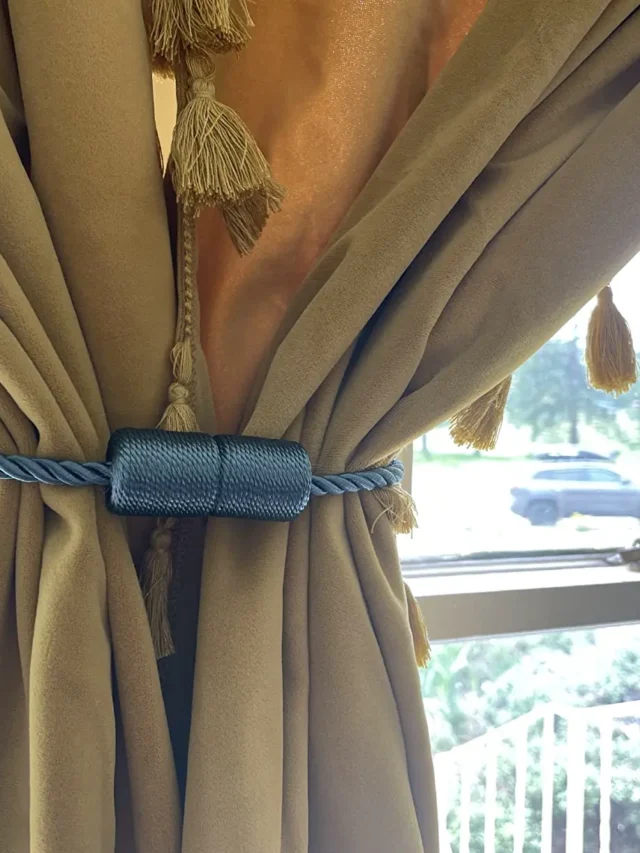
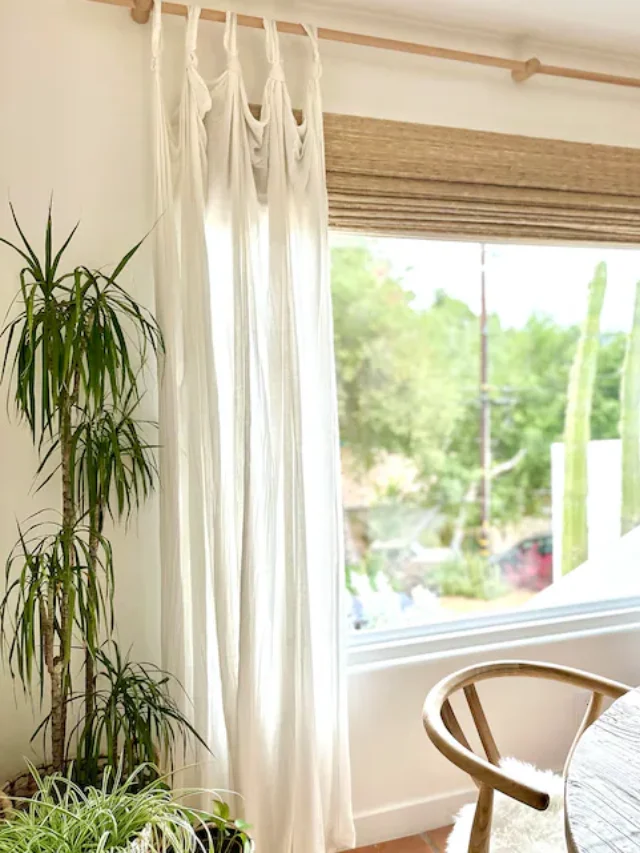
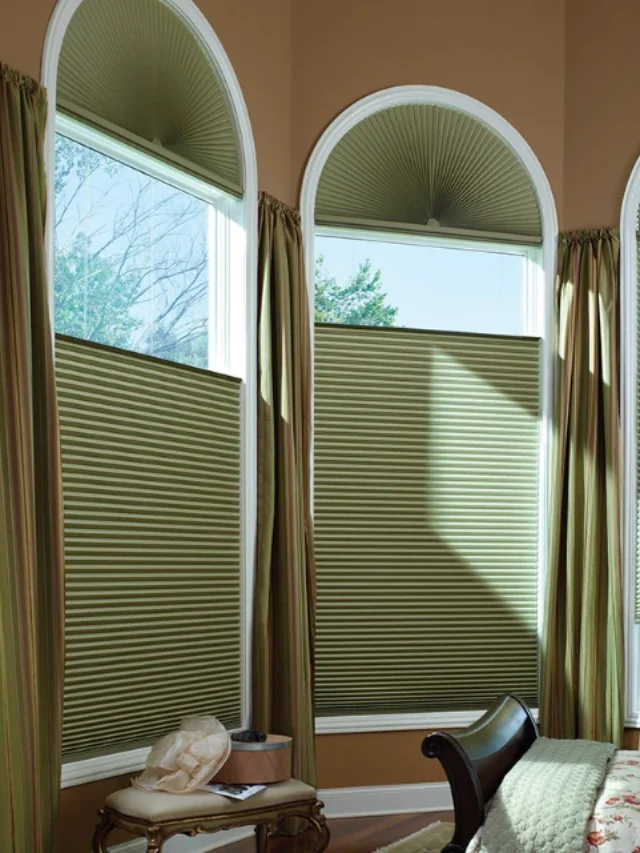
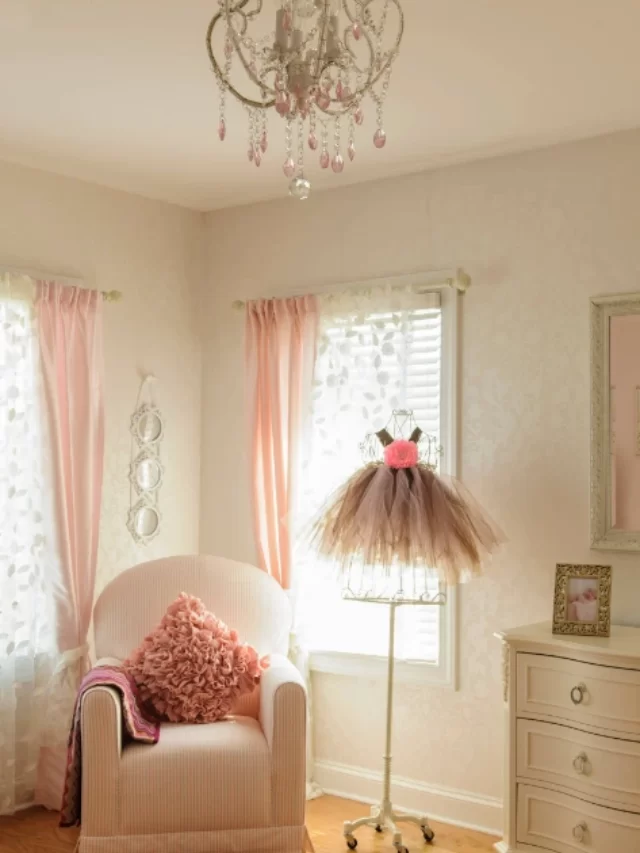
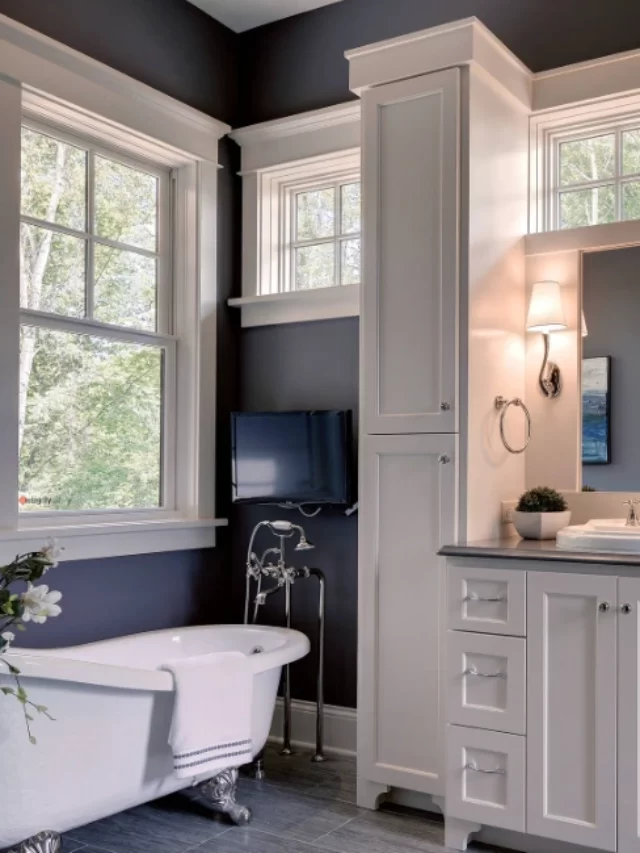
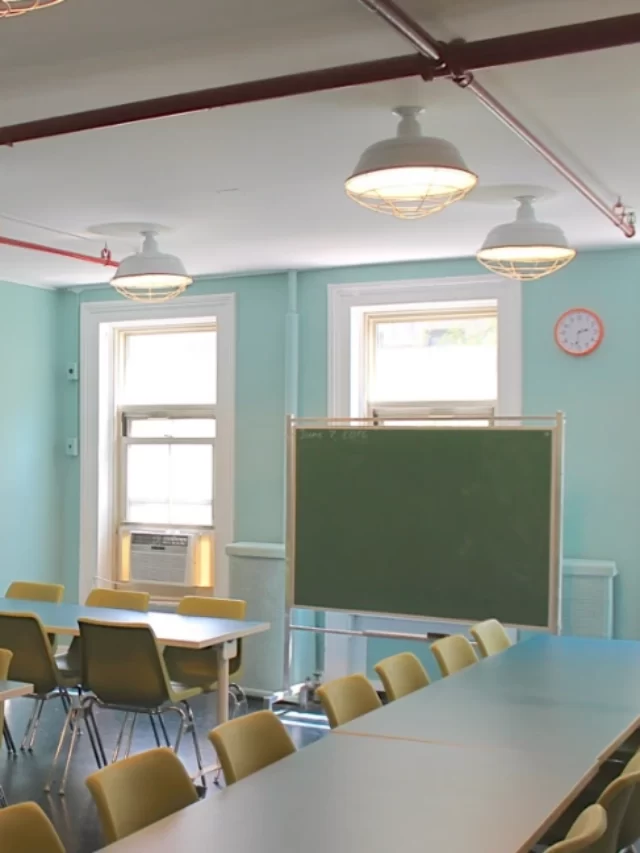
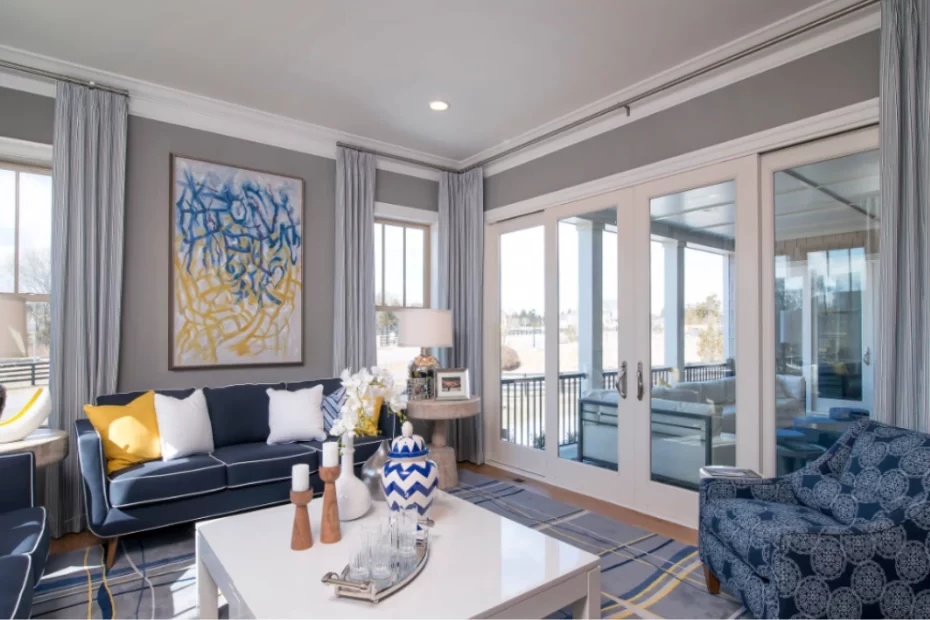
Immigration Lawyers?[…]the time to read or visit the content or sites we have linked to below the[…]?
Thank you for your help and this post. It’s been great.
Great beat ! I would like to apprentice while you amend your web site, how could i subscribe for a blog site? The account helped me a acceptable deal. I had been a little bit acquainted of this your broadcast provided bright clear concept
Thank you for your help and this post. It’s been great.
I enjoyed reading your piece and it provided me with a lot of value.
Thank you for writing this post!
Your articles are extremely helpful to me. Please provide more information!
You helped me a lot by posting this article and I love what I’m learning.
I want to thank you for your assistance and this post. It’s been great.